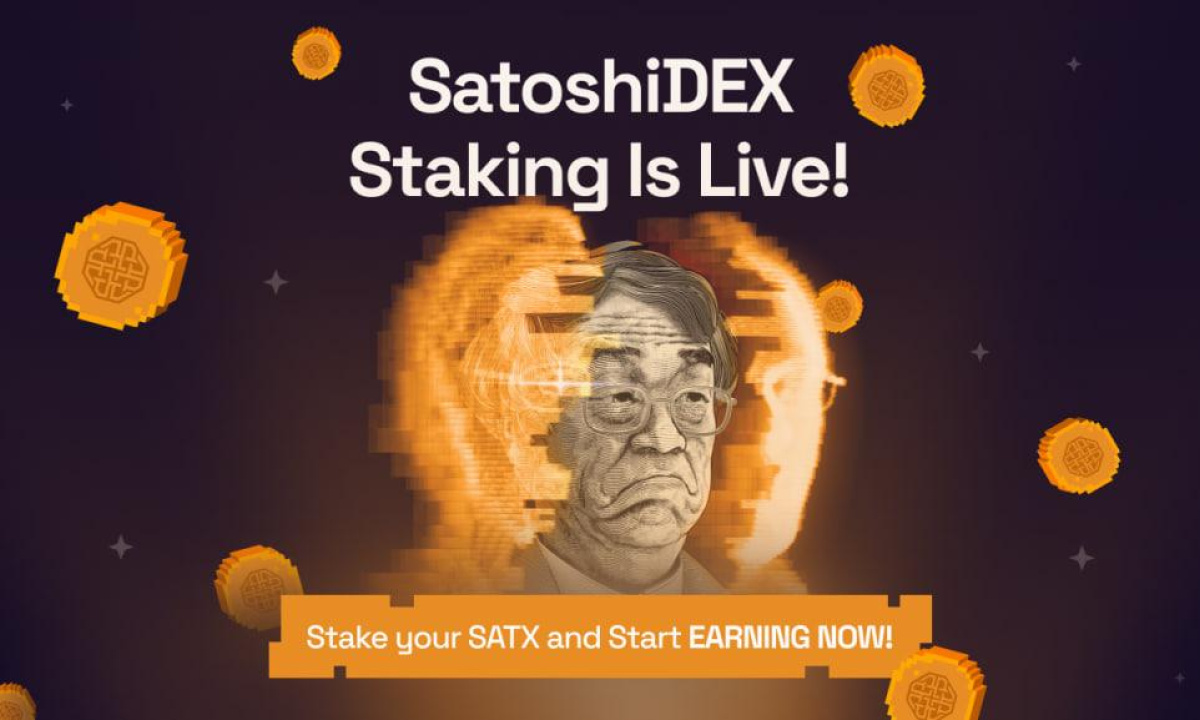Table of Contents
If you keep up with even a few emerging DeFi exchanges, you know that each touts itself as the next best thing, and many have interesting, enticing features that differentiate them. While it’s easy to get caught up in all the “reward tokens”, “affiliate bonuses”, and the thousands of ways you can earn yield through staking, it’s also important to remember that if we look past the crisp logos and fun names for loyalty programs, what we really care about is net growth.
I know it doesn’t have as much hype, but what really matters for any exchange is the sustainable profit you can make by investing and trading. There are a lot of variables to consider with token prices fluctuating constantly, leveraged trading strategies, and risk profiles. But at a summary level, there are two variables that matter: money in, and money out.
You have to choose what risk profile you are and what individual decisions you made on trades; these are very personal choices, and no one can tell you exactly what to do. However, some decisions are more concrete and are easier to come to an objective conclusion. One decision, for example, is how much you should be paying in fees for your trading activities.
The most desirable answer is “none”, but this isn’t practical as wallets, networks, and exchanges provide a valuable service, working hard to create a reliable, safe, and easy-to-use product. They deserve a fee for their services. However, not all exchanges are created equal. If we set aside the shady and low quality exchanges, there is still a vast difference in how much you might pay in fees for trading on a high quality platform. More telling is that it can be surprisingly difficult to find an apples to apples comparison of fees, allowing you to pick the lowest and maximize the ever important “Money In” side of your trading equation.
The problem is that many platforms—especially those with higher fees—don’t want potential customers to make easy comparisons on which exchange charges less. If trading is tight, these additional fees could even be the difference between making money and losing it.
To give you the best chance of maximizing your net gains, we’ve studied a large sampling of exchanges and have found five steps in your trading process that can hit you with fees, and several could be mostly hidden unless you are paying close attention.
Fee 1: Your Wallet
Crypto wallets are in many ways another platform providing a service. However, you may choose to use the wallet offered by your exchange to ensure transactions flow smoothly and there aren’t any surprise compatibility issues. However, many wallets charge fees every time you use it to deposit or withdraw crypto. While the fees are typically small, they are consistent, meaning that if you trade with high frequency, you may be turning those small fees into something more substantial. Research your wallet’s policy on fees; you may decide the low fee is worth it, but you should be very aware every time you have to pay it.
Fee 2: “Convenience” Rate
Now that you’ve set up your wallet, you probably want to buy some crypto. This is great, but if you are in a hurry or want the convenience of buying your token of choice quickly, you might get hit with a high fee. Because buying crypto usually involves P2P or OTC, it’s not like going to the store, picking out what you want, and buying it. You have to put your offer in and wait until someone else accepts it and completes the transaction. That said, many exchanges offer the “buy now” service, but it comes at a high premium; Bitcoin’s for example, have seen a massive spike. If you think about your investment portfolio, a 7% loss before you even begin can be incredibly discouraging. Again, we aren’t advising you to avoid this premium service; if it works for you, go for it. But know that the most popular platforms can have massive fees for the price of admission, and there are many platforms that either offer a much lower “convenience” rate, or can guide you through the process of buying directly on the market and avoiding this fee altogether.
Fee 3: Exchange Fees
This one is almost a subcategory, as exchanges have a number of ways to extract fees, and you might not realize it until it’s too late. Many exchanges bring in customers by offering a 0 deposit fee, and customers assume the fees are based per trade. While this is often the case, many of these exchanges will also add an extra high withdrawal fee, trapping customers who assumed they only had to pay per trade. It’s a brilliant business model, unless you want to keep satisfied customers. In terms of exchange trade fees, these too can range from a variable rate depending on the trade amount, a flat percentage, or a flat fee. This can all be very confusing, so do your homework instead of jumping on the exchange you saw on the news last night. Some platforms, like the OTC exchange Roobic.io, have seen the customer confusion/frustration and have made clearing it up a key selling point. Their platform ensures customers know their fee structure up front to avoid surprises, with no deposit, flat percentage per trade (0.45% at the time of writing), and a flat currency conversion rate. Is it the best choice for you? That depends on how you plan to trade (deposits, trade volume, withdrawals, currency conversions). The point is, when trying to calculate your very important “money in, money out” equation, having zero surprises is critical. Hopefully other exchanges will take notice and start simplifying fee structures instead of sneaking in a bit more profit at the risk of losing customers.
Fee 4: Gas Fees
While you are shopping for an exchange to use, a big underlying cost is the ecosystem itself. A key theme in 2021 was watching these “gas fees” spike, turning many a trader’s gains into losses. There is almost too much to cover here, but many great comparison guides on L1 chains and their network fees, so compare prices and include them when considering your exchange.
Fee 5: Currency Conversion
This fee has been around probably since the invention of the world’s second currency. If you have to exchange currencies and aren’t familiar with how to convert them, find a good guide (like this one) to give you the knowledge and tools you need. You likely won’t find an institution that doesn’t have conversion fees, so the best you can do is have the skills to calculate them and shop around.
Wrapping Up
At the end of the day, how you decide to trade is up to you. But if your goal is to earn money, you need to become an expert at not just the trading itself, but all the additional trading costs that can come from your wallet, exchange, network, transaction, and more. Doing so gives you the tools you need to make the best decisions to maximize your returns, eliminating surprises and letting you trade with confidence.
Disclaimer: This article is provided for informational purposes only. It is not offered or intended to be used as legal, tax, investment, financial, or other advice.













